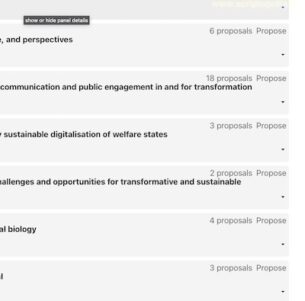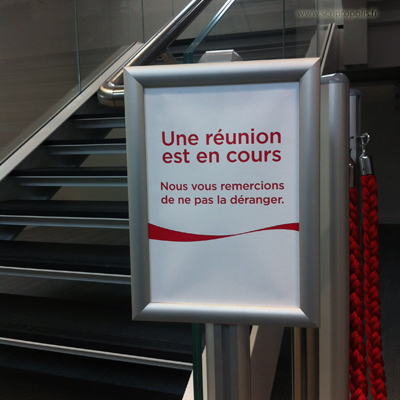Shhh!
Paris, April 2015.
Openness is on the rise. With the Internet, government data are made available to the public, academic papers are made available juste as they are published, computer code software is easily searchable and editable. Based on old militant movements, open data, open access, open source advocate a free flow of information. They spread the idea of a world getting better as it rhymes with transparency, immediate accessibility, sharing and cooperation. Any form of restricted access or proprietary information is stigmatized as a serious attack on freedom.
The configuration of workspaces is no exception to this move towards openness. In the 1950s, open spaces were already touted not only for saving space, but also for their ability to promote better communication. In the absence of rooms, doors and partitions, the information is supposed to freely diffuse. It runs so fast and in real-time that communication sometimes turns into cacophony. It is therefore important to channel it. So that the participants of this meeting in an open place, upstairs, might communicate properly, other employees present at the ground-floor are invited to measure their communicative flux. In the absence of rooms, signs assure the boundary work. Writings frame the flow of oral exchanges. In other words, it points out that any opening necessarily goes along with a closure.







